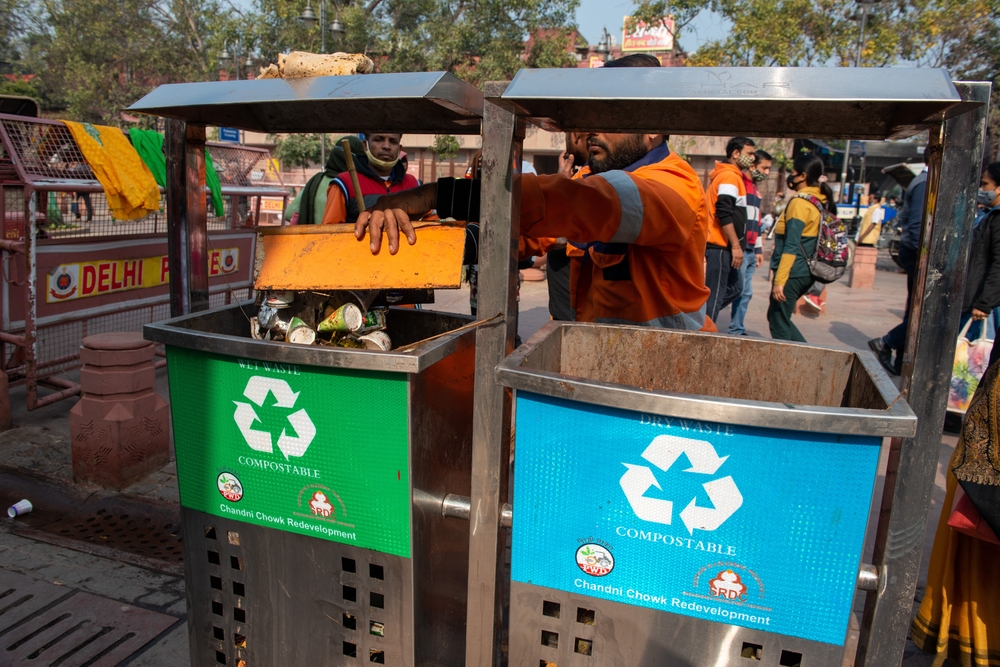Is Garbage Disposal Installation DIY-Friendly?
Garbage disposals are among the most convenient and useful household appliances in the kitchen. They help reduce food waste and keep your sink clean and fresh. However, like any other appliance, garbage disposals can break down over time or fail to work efficiently. When this happens, you may find yourself considering whether to install a new garbage disposal on your own or hire a professional plumber for the job.
Understanding Garbage Disposals
Before we dive into the pros and cons of DIY garbage disposal installation, it is essential to understand how these devices work and what components are involved. A typical garbage disposal consists of a motor, grinding chamber, and impeller blades. When food waste is fed into the unit, the impeller blades shred the waste into tiny particles, which are then flushed down the drain.
There are two main types of garbage disposals: continuous feed and batch feed. Continuous feed disposals operate continuously when switched on, allowing you to feed in food waste while it is running. On the other hand, batch feed disposals require you to load the waste into the unit before turning it on.
DIY Garbage Disposal Installation: Pros and Cons
Now that we understand how garbage disposals work, let’s explore the advantages and disadvantages of DIY installation.
Pros:
- Cost Savings: One primary reason homeowners opt for DIY installation is to save money on professional installation fees. Installing a garbage disposal on your own can be cost-effective if you have the necessary tools and experience.
- Convenience: DIY installation allows you to work at your own pace and schedule without waiting for a plumber to arrive.
- Learning Experience: Installing a garbage disposal on your own can be a rewarding learning experience, providing you with hands-on knowledge of how the appliance works.
- Customization: DIY installation allows you to choose the specific model and brand of garbage disposal that best suits your needs and budget.
Cons:
- Safety Concerns: Installing a garbage disposal involves working with electrical wiring and sharp blades, which can be hazardous if not handled correctly. Hiring a professional plumber ensures the job is done safely and efficiently.
- Warranty Issues: Some manufacturers may void the garbage disposal warranty if a licensed plumber does not install it. This could leave you at risk of costly repairs or replacements down the line.
- Potential Errors: Incorrect installation of a garbage disposal can lead to leaks, clogs, or electrical issues, which may require professional intervention to fix.
- Time-Consuming: DIY installation can be time-consuming, especially if you are unfamiliar with the process. Hiring a professional plumber can save you time and energy in the long run.
Tips for DIY Garbage Disposal Installation
If you decide to proceed with DIY installation of a garbage disposal, here are some tips to help you navigate the process successfully:
- Read the Instructions: Before you begin installation, carefully read the manufacturer’s instructions that come with the garbage disposal. Familiarize yourself with the components and tools required for the job.
- Turn Off Power: To avoid electrical shocks, make sure to switch off the power supply to the garbage disposal before starting installation. Use a voltage tester to ensure the wiring is safe to work with.
- Gather Supplies: Before you start the installation, gather all the necessary tools and supplies, including a screwdriver, wrench, pliers, plumbers’ putty, and electrical tape.
- Follow Steps: Follow the step-by-step instructions provided by the manufacturer to assemble and install the garbage disposal correctly. Take your time and double-check each connection to ensure everything is secure.
- Test the Unit: Once the installation is complete, test the garbage disposal by running water and feeding small amounts of food waste. Check for leaks, unusual noises, or malfunctions that may require adjustments.
Why Hire a Professional Plumber for Garbage Disposal Installation
While DIY garbage disposal installation may seem like a cost-effective option, hiring a professional plumber offers several advantages that outweigh the potential risks of doing it yourself.
- Expertise: Professional plumbers have the knowledge and experience to install garbage disposals correctly the first time, ensuring optimal performance and longevity of the appliance.
- Safety: Plumbers are trained to handle electrical wiring, plumbing connections, and sharp blades safely, reducing the risk of accidents or injuries during installation.
- Code Compliance: Licensed plumbers are familiar with local building codes and regulations governing the installation of garbage disposals. Hiring a professional ensures your appliance meets all safety standards.
- Warranty Protection: Many manufacturers require garbage disposals to be installed by a licensed professional to maintain the warranty. Hiring a plumber ensures your investment is protected in case of defects or malfunctions.
- Time-Saving: Professional plumbers work efficiently to install garbage disposals quickly and accurately, saving you time and energy for other tasks.
Contact PlumbSmart for Professional Plumbing Services
If you are considering installing a garbage disposal in your home, it is essential to weigh the pros and cons of DIY installation versus hiring a professional plumber. PlumbSmart offers expert plumbing services in Mesa, AZ, and Valley Wide, including garbage disposal installation and repair. Our team of licensed plumbers is committed to providing top-quality service at competitive prices, ensuring your appliances work smoothly and efficiently.
Whether you need a new garbage disposal installed or an existing unit repaired, PlumbSmart has the knowledge and experience to do the job right the first time. Contact us today to schedule an appointment or learn more about our plumbing and AC services. Don’t let a faulty garbage disposal slow you down – trust the professionals at PlumbSmart to keep your kitchen running smoothly.



